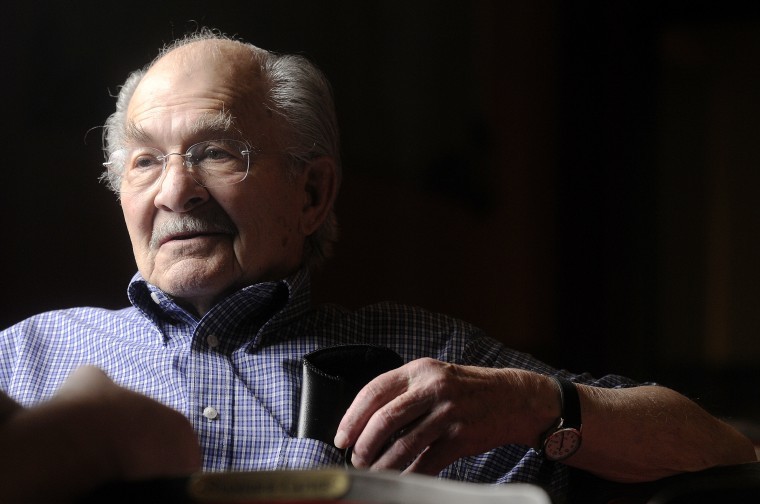Mission
Lyric Repertory Company is a summer theatre company in residence at Utah State University, operating in the Caine Lyric Theatre, Morgan Theatre, and Black Box Theatre. Its mission is to provide northern Utah citizens, visitors and the university community with cultural enrichment through a summer season of professional theatre productions performed in “rolling” repertory from a variety of genres. Lyric Rep also provides a professional theatre environment to give advanced undergraduate and graduate students an opportunity to work with members of the professional theatre industry, providing a transitional experience from an academic theatre environment to a fully professional one.
History
The LyricRep is a small professional theatre founded in 1967 by W. Vosco Call. For more than 50 years, the LyricRep has produced musicals, dramas, mysteries, farces, comedies, and classics to the delight of audience members from Cache Valley and visitors from around the country.
The LyricRep brings in members of Actors’ Equity Association, the United Scenic Artists, and other professional artists to work side by side with advanced theatre students from Utah State University’s Caine College of the Arts and other universities across the country.
The Salt Lake Tribune calls the LyricRep "one of the best-kept secrets of Utah's theater scene." LyricRep performs in the historic Caine Lyric Theatre in downtown Logan. It is headed by Executive Producer Rachel Nardo, Artistic Producer Adrianne Moore, and Artistic Director Richie Call.
Fun Facts About the Caine Lyric Theatre
- The Thatcher family built and opened the Lyric Theatre following the Thatcher Opera House fire in 1913. The opera house was located on the second floor of the bank building on the corner of Center Street and Main Street a few doors to the east. It burned on the same day as the sinking of the Titanic.
- Newly restored and expanded in the summer of 2001, "The Crown Jewel of Center Street," re-opened with a performance of Peg O' My Heart, and was renamed the Caine Lyric Theatre. The restoration and expansion included a new lobby/reception area, restrooms, storage space, green room, dressing rooms and gallery. The theatre celebrates a history of more than 150 productions and more than 1200 performances since the original opening of the theatre.
- The Caine Lyric Theatre is a jewel-box proscenium theatre seating 374, and is billed as "The Showplace" of Northern Utah.
- The proscenium arch coat-of-arms includes England, Holland, Denmark, Spain, Germany and Sweden. The top of the arch is crowned with the heraldic shield of the United States. Look carefully to see damage done to the German Eagle by an angry theatre patron who took a hatchet to the shield during WWI.
- In the years following WWII, the theatre fell on hard times, was closed and fell into disrepair. From the late 1940s to 1961, the theatre was used as a movie house, a venue for art shows, a warehouse and was briefly considered for demolition to allow for the construction of a bowling alley.
- The theatre is thought to be haunted by a ghost named Everett. Everett played the second gravedigger in the original production of Hamlet and was getting more laughs in the famous clown scene than the first gravedigger, who reportedly became wildly jealous, as his was the larger part. It was later reported that Everett did not show for subsequent performances and the first gravedigger had a fresh, new skull for the grave scene. Everett now haunts the theatre, and is known to prowl the catwalks late at night, calling out to actors as they rehearse or to technicians as they hang lights. He is also fond of sitting in the house right loge seat.
- The green room is a room that was painted all green because the Lyric Theatre used to burn gaslights on stage. When actors walked off stage, a room that was painted in all green helped soften the effect on their eyes.
Land Acknowledgement
We recognize that Utah State University in Logan resides on the ancestral, traditional, and contemporary lands in the Sihivigoi (Willow Valley) of the Northwestern Band of the Shoshone Nation. The university resides on land ceded in the 1863 Treaty at Fort Bridger and other lands within our state. Today we recognize Utah’s eight federally recognized Native nations, historic Indigenous communities in Utah, Indigenous individuals and communities past and present. In offering this land acknowledgment, we affirm Indigenous sovereignty, history, and experiences.
—This statement is provided with permission for use by Darren Parry, Northwestern Band of the Shoshone


